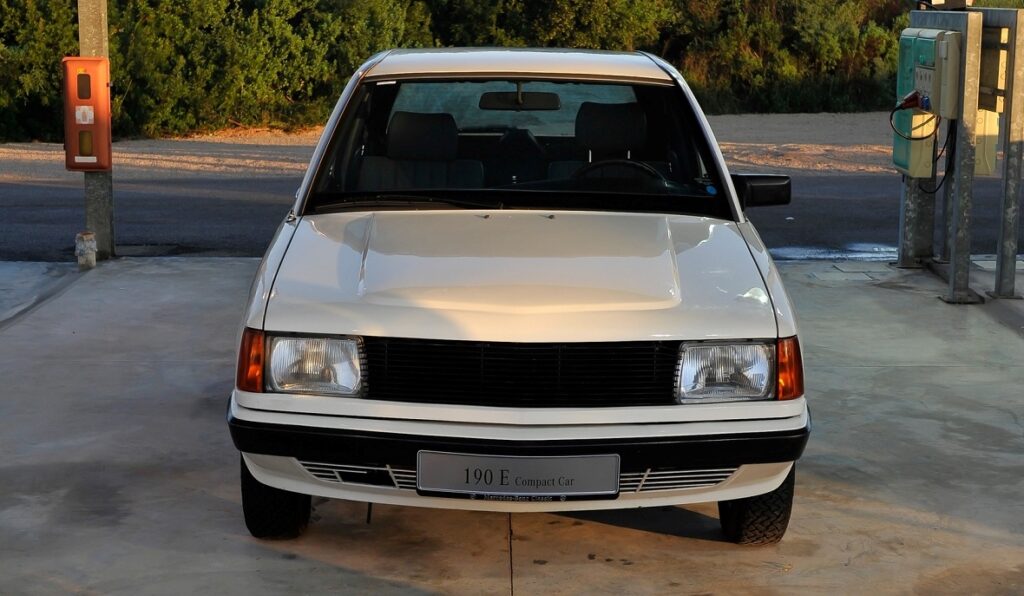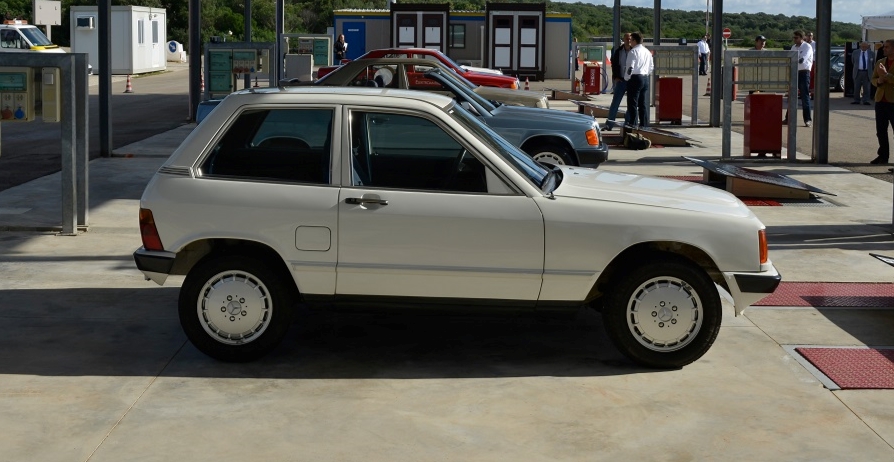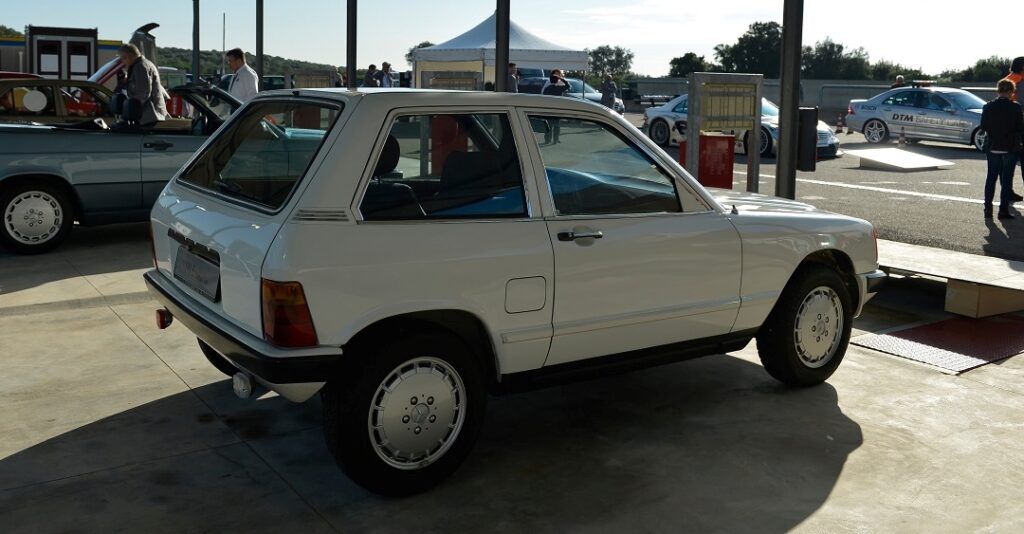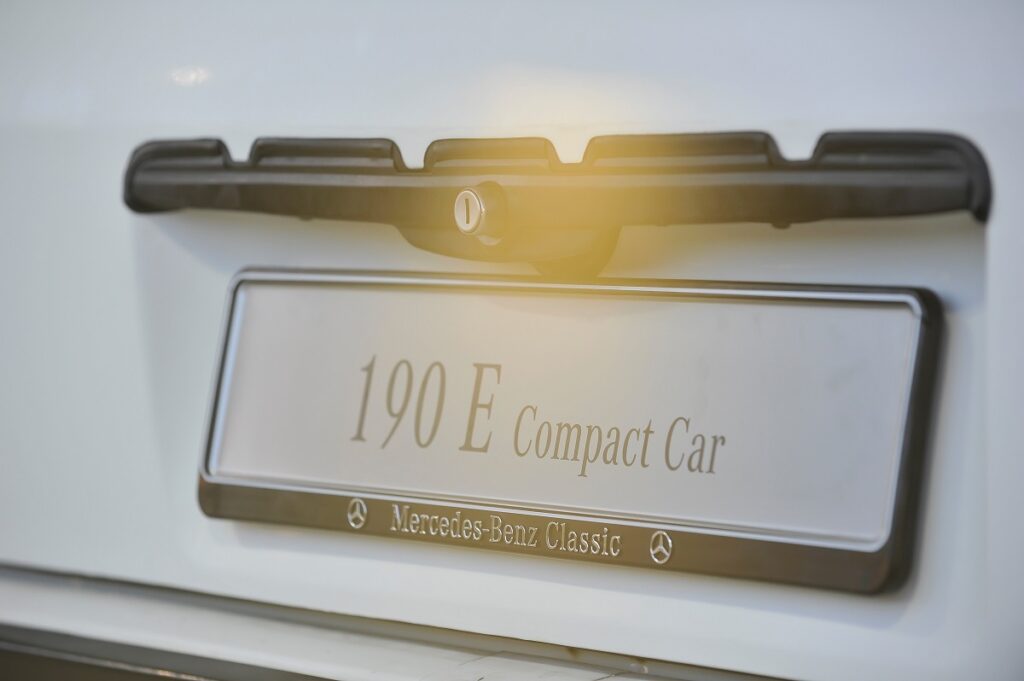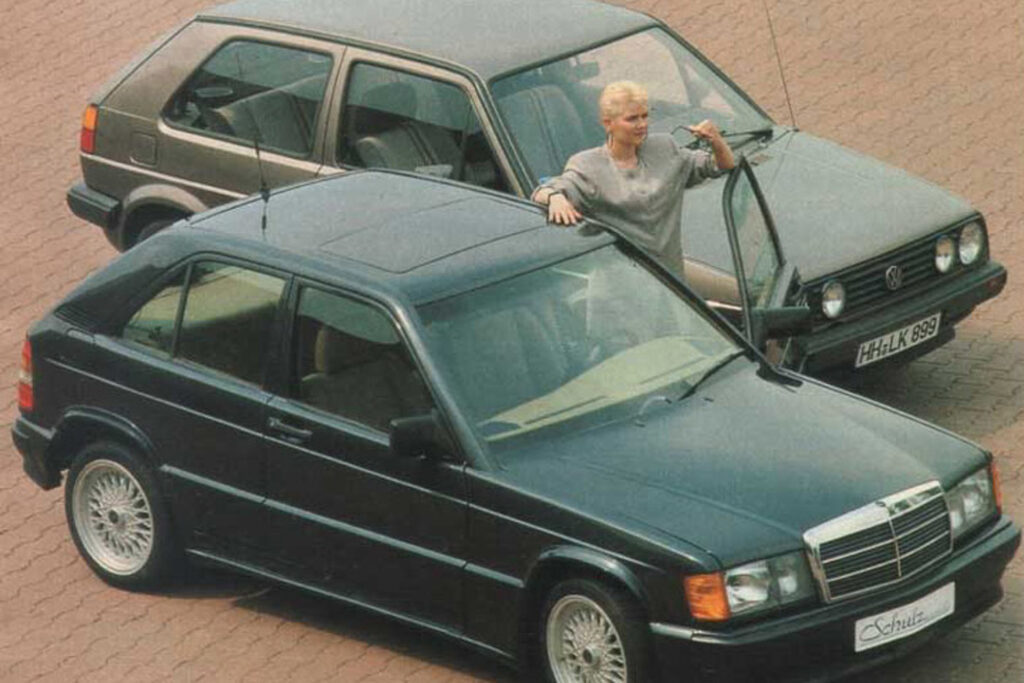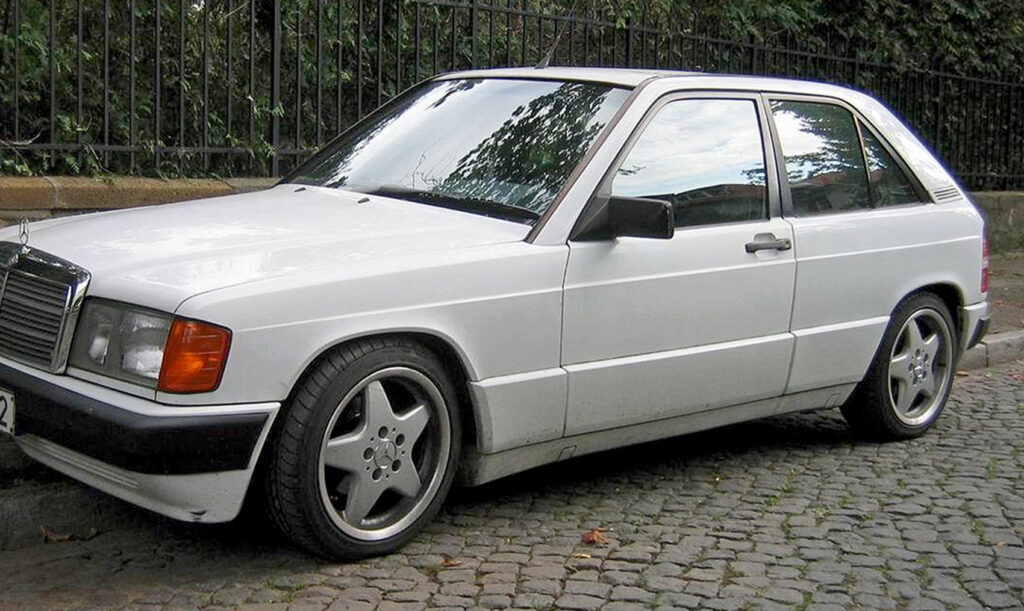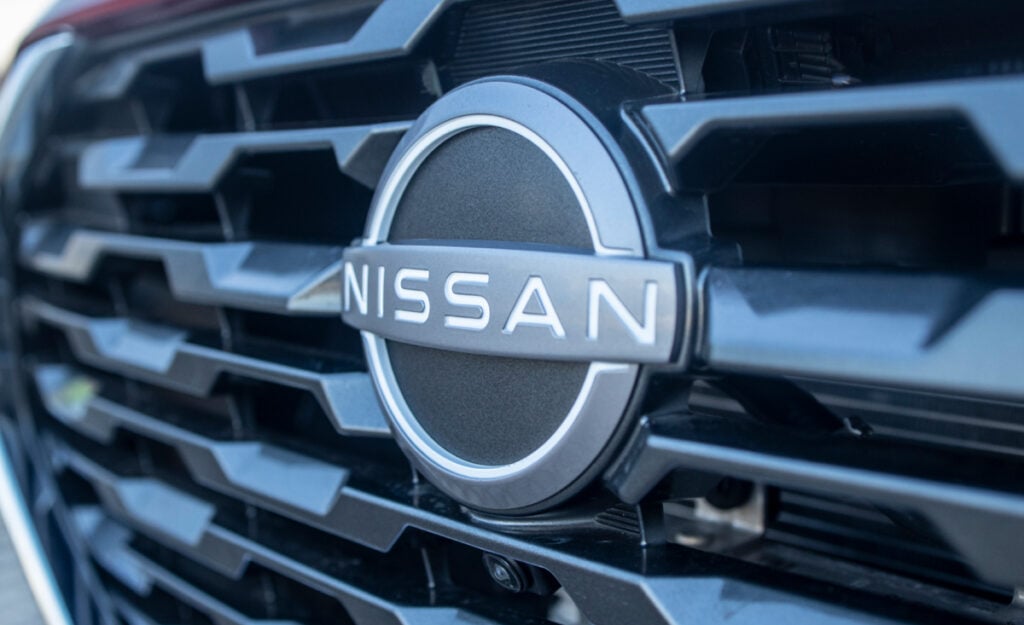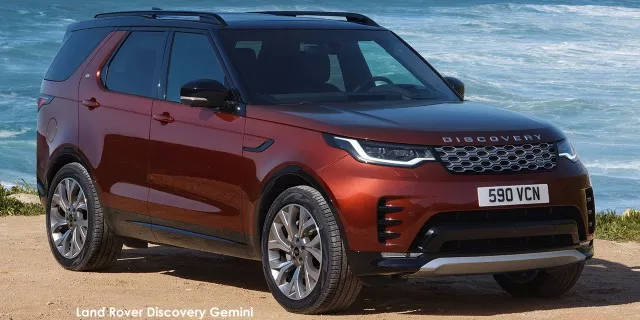The awesome story behind the 1980 Mercedes-Benz 190E hatchback
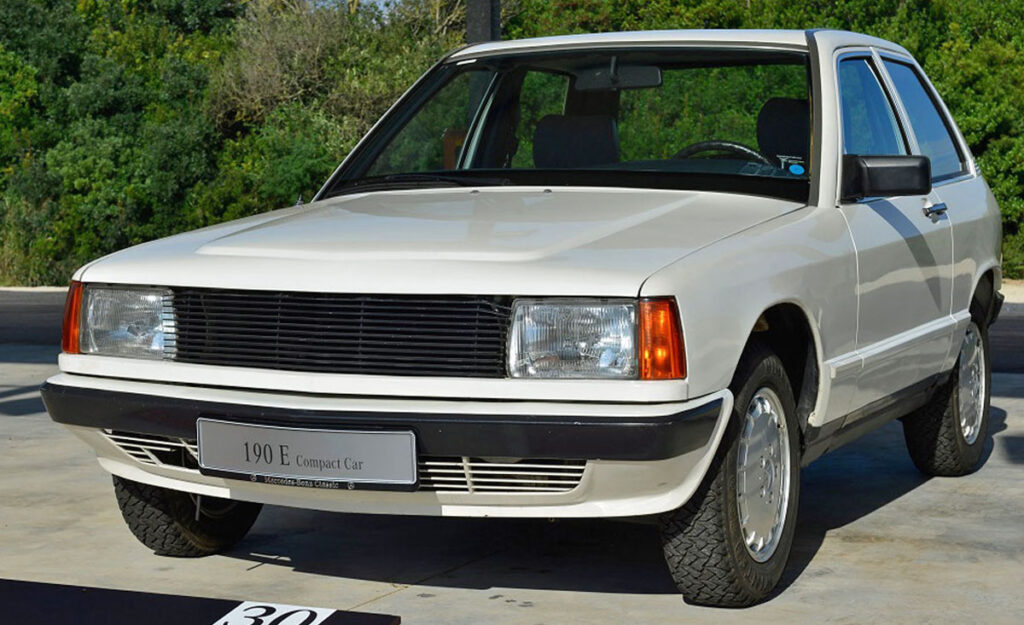
In the 1980s, Mercedes-Benz built the 190E Stadtwagen (City Car) hatchback prototype to compete in rally championships alongside the 190E Sedan.
The company intended to have both body styles of the 190E race in the same championship, with the hatchback reserved for the tougher courses that demanded more agility than the long sedan could muster, according to Hagerty.
The 190E Stadtwagen was based on modified underpinnings of the sedan, featuring a much shorter rear-end and a 222cm wheelbase.
The hatchback was then fitted with a longitudinal 2.0-litre, four-cylinder engine that put out 91kW and 178Nm, which made it good for a top speed of 174km/h.
Unfortunately, Mercedes-Benz pulled out of the World Rally Championship in late 1980 and the Stadtwagen never saw the light of day.
The car was transferred to a different department inside the company and briefly used to gather data before being retired, reported RanWhenParked.
Schulz Tuning to the rescue
After its retirement, photos of the 190E Stadtwagen prototype surfaced and interested customers were heartbroken to find out that it would not be made available to the public.
Enter Eberhard Schulz.
Schulz, founder of Schulz Tuning, was one of these enthusiasts who heard the news and decided to build his own version of the Stadtwagen to sell to customers.
The Schulz Tuning “190E Compakt” saw the chassis and front-end of the 190E Sedan married to the rear end of the W124 E-Class Estate.
The conversion wasn’t just cosmetic, either. The tuner installed Mercedes-Benz’s 2.6-litre, in-line six-cylinder engine that produced 119kW – putting it far above any competitors in the compact class.
The result was a rather unorthodox-looking, rear-wheel-drive hot hatch with a steep asking price – and not one Mercedes-Benz badge to show.
As Mercedes-Benz did not have a hand in the production of the Schulz Tuning 190E Compakt, the tuner was not allowed to use the manufacturer’s official logo.
The conversion process was prohibitively expensive, as it essentially required two cars, which, coupled with the un-Mercedes-like design and no badging to brag about, did not bode well for sales.
According to MercedesBlog, the conversion process took four weeks and cost 22,000 Deutschmarks in the late 1990s – which did not include the price of the cars.
It is unclear how many Schulz 190E Compakts were produced, but one thing is for sure, it will be a rare find if one ever crosses your path.
Mercedes-Benz 190E Stadtwagen
Photos by RanWhenParked
Schulz Tuning 190E Compakt
Photos by CarScoops and MercedesBlog
